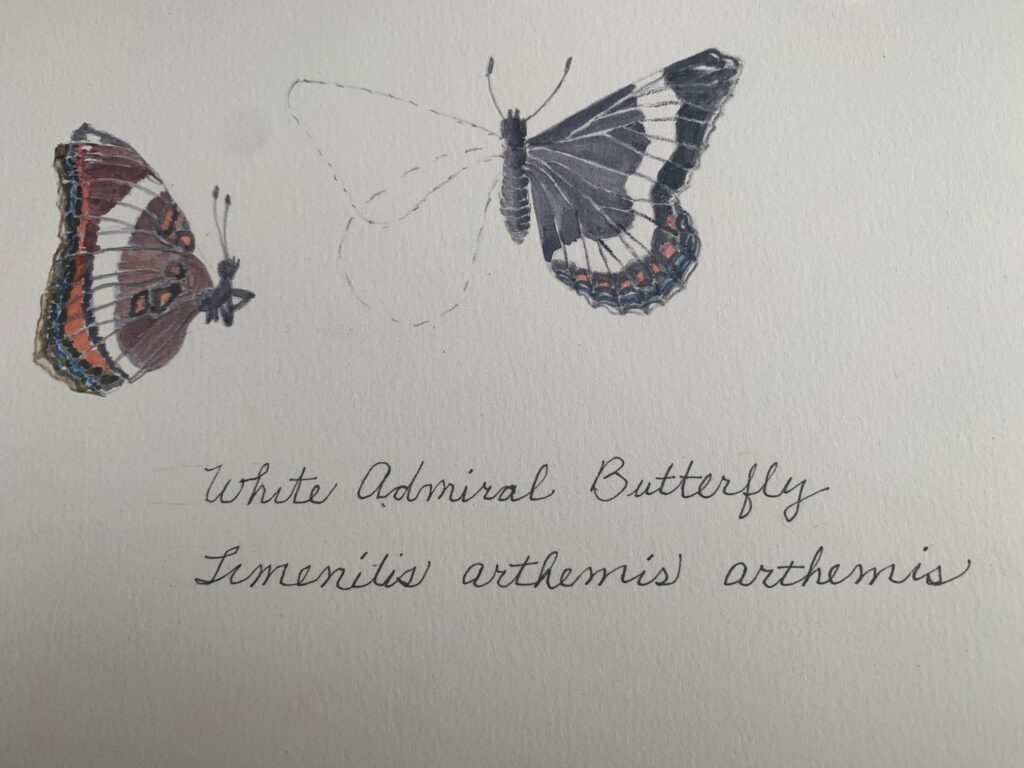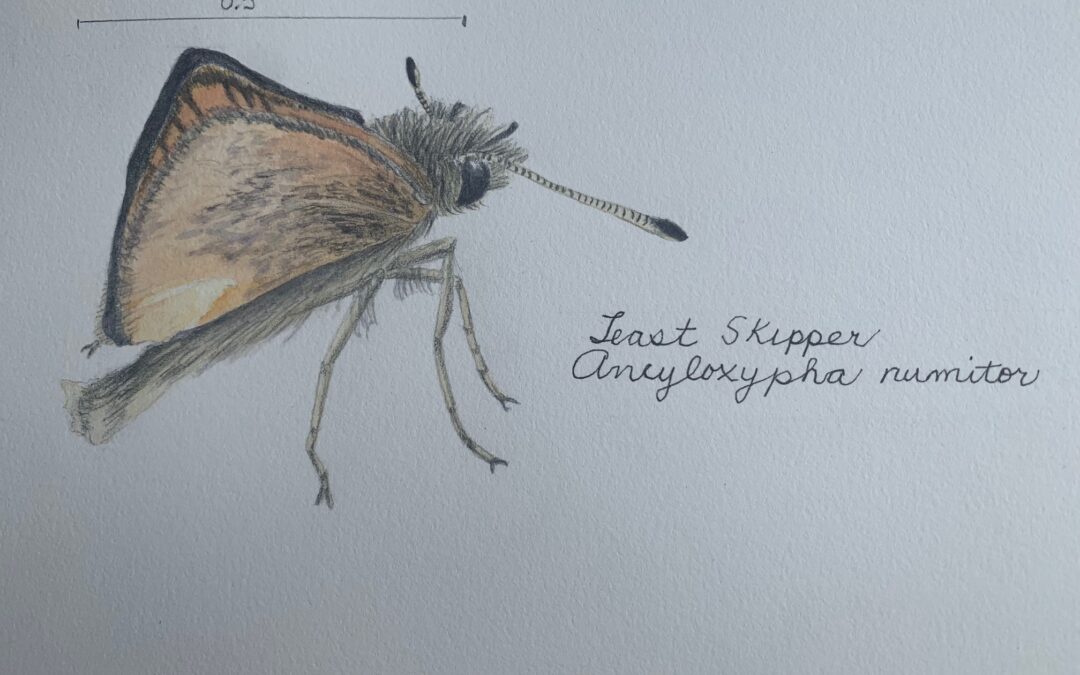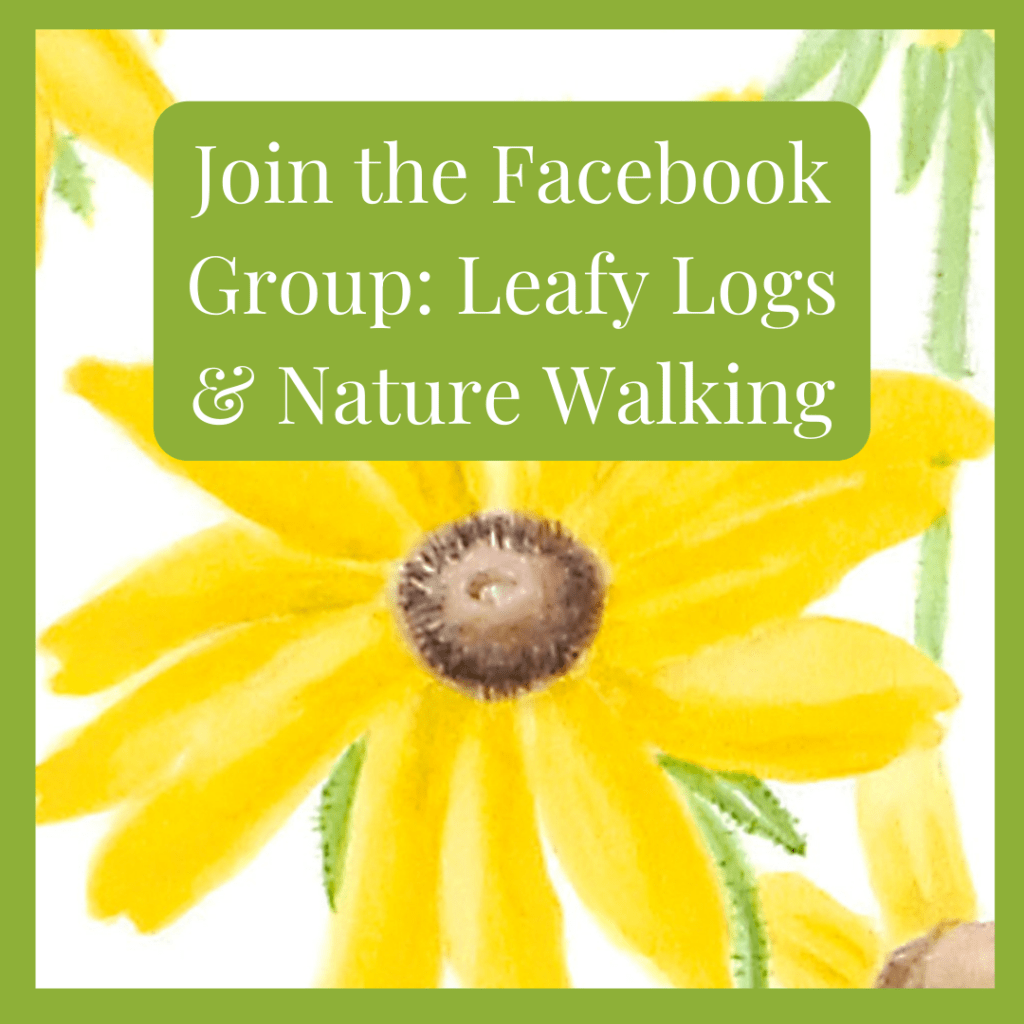Now that we have had several days of hot summer weather, we are seeing the numbers and variety of butterflies increase. There are many little ones like this little Least Skipper (Ancyloxypha numitor). Which likes to lay its eggs on grasses. In the north it favors switch grass, blue grass and wild rice, but farther south it may like saltwater grasses such as marsh millet and cord grass.
The least skipper will gather nectar from random flowering plants such as milkweed and coneflowers for itself. But if it is laying eggs, its larvae must have grasses, so that’s where it will lay eggs.
It is a quick darting little butterfly. Here in North America we have about 120 species of skippers with lots of different patterns of brown, orange and blackish brown coloration. The least skippers are primarily orange with some black edge markings. Their antennae are checkered.
I caught one and put it into a jar in the refrigerator for 5 minutes. Then it held still, so I could take its picture. It gave me a chance to see its checkered antennae. It flew away as soon as it was warm again.
Another butterfly that I enjoyed finding was the White Admiral (Limenitis arthemis). Many of these white admirals emerged about 10 days ago and are still prevalent. They offer an interesting example of hybridization among butterflies. The white admirals are the same species as the southern Red-spotted Purple.

Both butterflies can mate with each other, but one has a distinctive white band across its wings and the other does not have this white marking. The white admirals are generally in a more northern range and the red-spotted purples are farther south. There is an area around Pennsylvania where both hybrids are found.
The host plants for these butterflies are yellow birch, sweet birch, aspen, poplar and willow. I was surprised that in this area of northern Wisconsin the yellow birch is an important lumber tree. Yellow birch (Betula alleghaniensis) grows 100 feet tall and will live to 150 years old. The white paper birch with the pretty white bark we recognize as material for Native-made canoes, grows only to about 25 feet.
Larvae emerge from their eggs and eat the leaves until they are about ½ their final caterpillar size. Then they create a “hibernaculum” where they remain until spring. In the spring they re-emerge and finish growing to full- sized caterpillars. They create a pupa and emerge 10-14 days later as butterflies.This summer the butterflies appeared between June 25 and July 10 more or less. If the caterpillar emerges from its hibernation before winter, they may not have enough time to fully develop before winter.
These 2 butterflies have very different host plants, which means they choose different plants as places to lay eggs. Both adult butterflies feed on sweet nectar from flowers. Many flowers are important as food sources for adult butterflies. Specific host plants are required for their larvae and for perpetuation of each butterfly species.


